One of my best friends in the online world, Carisa from 1+1+1=1 recently released Where to Begin with Tot School, a free eBook!! This eBook has been in the works for quite some time and I know it will be a big help to many of you moms with young children.
Where to Begin with Tot School is filled with info to get you started with Tot School and to help you understand what Tot School is! There are MANY links within the book, tons of photographs and even a section with specific ideas for each age group! Additionally, each idea shared is linked to a blog post that shows different ways to implement that idea.
Head over to 1+1+1=1 to find out more about getting your free copy of Where to Begin with Tot School.


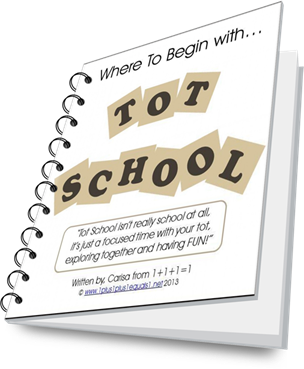

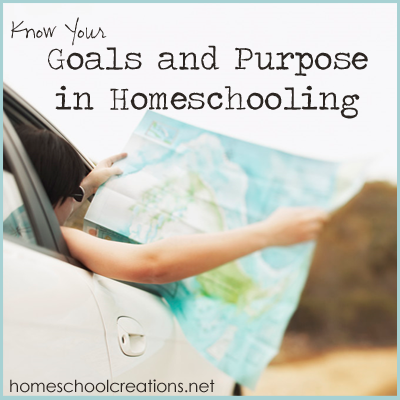



![clip_image002[5] clip_image002[5]](https://www.homeschoolcreations.net/wp-content/uploads/2013/04/clip_image00251.jpg)



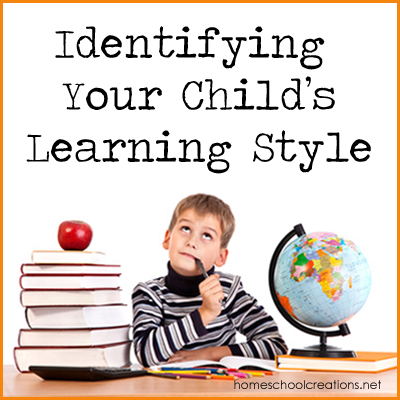


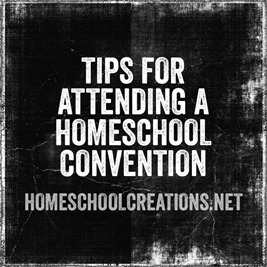
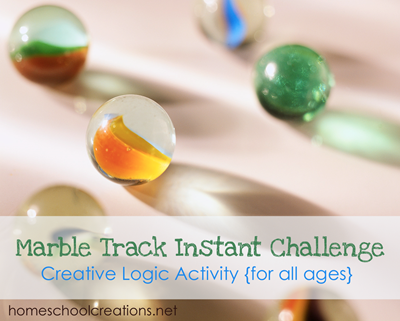
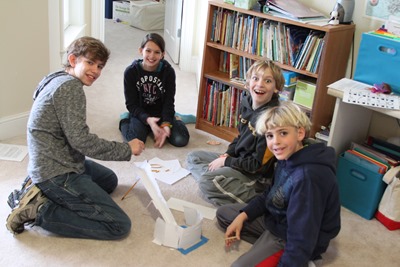
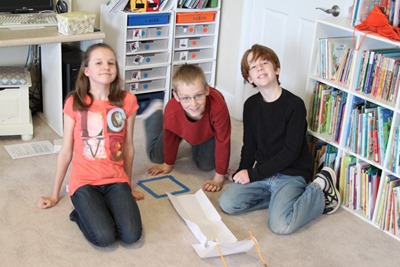
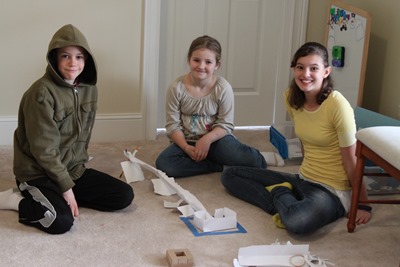

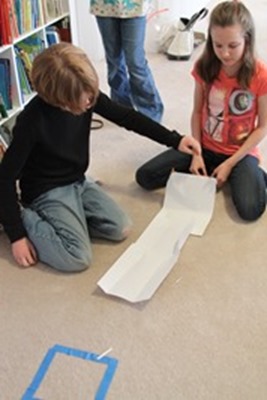

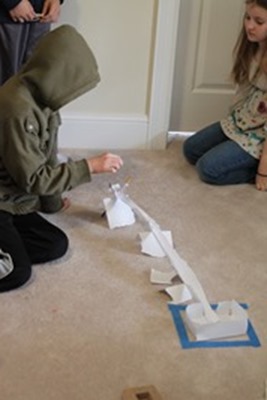
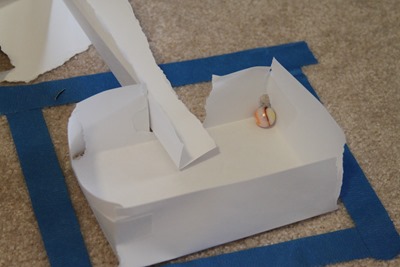
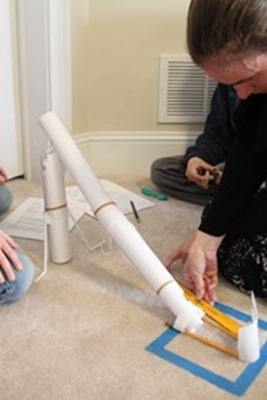
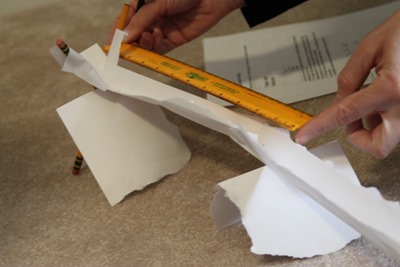
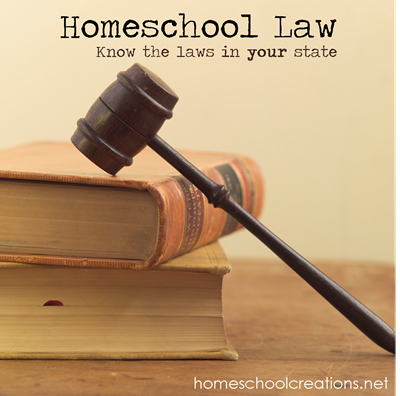




 The printables shared on this site are FREE of charge unless otherwise noted, and you are welcome to download them for your personal and/or classroom use only. However, free or purchased printables are NOT to be reproduced, hosted, sold, shared, or stored on any other website or electronic retrieval system (such as Scribd or Google docs). My printables are copyright protected and I appreciate your help in keeping them that way.
If you download and use some of my printables and then blog about them, please provide a link back to my blog and let me know - I'd love to see how you are using them! Please be sure to link to the blog post or web page and not directly to the file itself. Thank you!
The printables shared on this site are FREE of charge unless otherwise noted, and you are welcome to download them for your personal and/or classroom use only. However, free or purchased printables are NOT to be reproduced, hosted, sold, shared, or stored on any other website or electronic retrieval system (such as Scribd or Google docs). My printables are copyright protected and I appreciate your help in keeping them that way.
If you download and use some of my printables and then blog about them, please provide a link back to my blog and let me know - I'd love to see how you are using them! Please be sure to link to the blog post or web page and not directly to the file itself. Thank you!